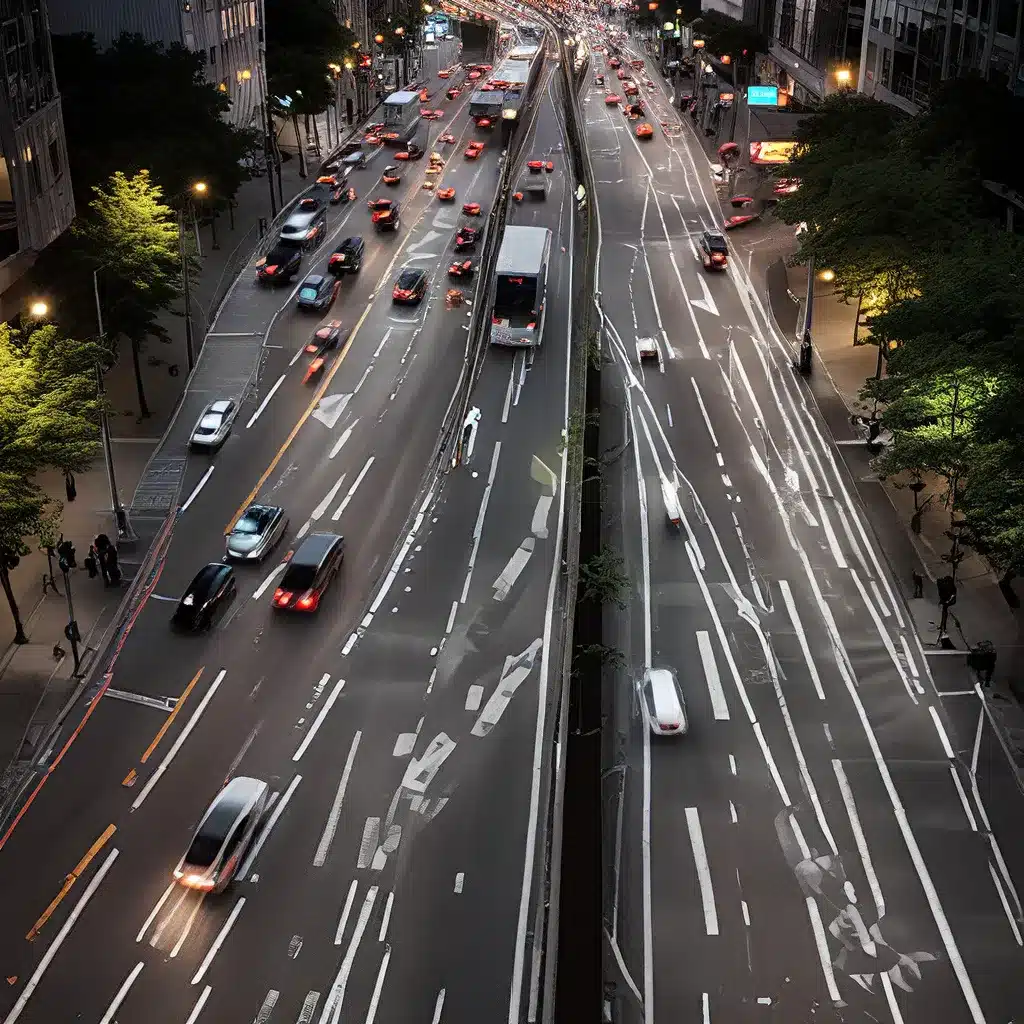
Navigating the Complexities of Sensor Networks in Smart Cities
In the rapidly evolving landscape of smart city development, sensor networks have emerged as a critical enabler for a wide range of innovative applications. From traffic management and environmental monitoring to infrastructure maintenance and public safety, these interconnected systems of sensors are revolutionizing the way we interact with and manage our urban environments.
At the heart of these sensor-driven initiatives lies the challenge of coordinating the diverse array of devices and optimizing their collective performance. This is where distributed algorithms play a pivotal role, offering scalable and adaptive solutions to the intricate problems faced by modern sensor networks.
Distributed Algorithms: The Backbone of Efficient Sensor Networks
Distributed algorithms are a class of computational methods designed to tackle complex problems in a decentralized manner. In the context of sensor networks, these algorithms enable individual sensors to make autonomous decisions and coordinate their actions without the need for a centralized control system.
This decentralized approach provides several key advantages:
-
Scalability: Distributed algorithms can efficiently handle the growing number of sensors and the vast amounts of data they generate, without bottlenecks or single points of failure.
-
Adaptability: Sensor networks often operate in dynamic environments, and distributed algorithms can adapt to changes in network topology, sensor availability, and environmental conditions.
-
Resilience: By distributing the decision-making process, distributed algorithms enhance the overall resilience of the sensor network, ensuring continued operation even in the face of individual sensor failures or temporary disruptions.
One prime example of a distributed algorithm for sensor-based applications is the multi-intersection traffic management approach proposed by Faye and Chaudet. This algorithm coordinates the behavior of traffic lights at multiple intersections, optimizing the flow of vehicles and minimizing congestion without the need for a centralized control system.
Sensor Networks in Smart City Traffic Management
The integration of sensor networks into urban traffic management systems is a crucial component of smart city development. These networks, comprised of vehicle-mounted sensors, roadside units, and traffic lights, work together to gather real-time data and adapt traffic signals accordingly.
One of the key advantages of this approach is the ability to respond dynamically to changing traffic conditions. By continuously monitoring vehicle movement and adjusting traffic light timings, sensor networks can minimize congestion, improve journey times, and reduce fuel consumption and emissions.
Moreover, the distributed nature of these algorithms enables scalable implementation across entire cities, allowing for seamless coordination between different intersections and road networks.
Securing Sensor Networks: Safeguarding Critical Infrastructure
As sensor networks become increasingly vital to the smooth operation of smart cities, the need for robust security measures becomes paramount. Malicious actors could potentially exploit vulnerabilities in these systems to disrupt essential services, compromise personal privacy, or even threaten public safety.
To address these concerns, researchers have developed a range of security protocols and authentication mechanisms tailored to the unique challenges of sensor networks. These include lightweight cryptographic algorithms, secure key management, and intrusion detection systems that can detect and mitigate cyber threats in real-time.
By integrating these security measures into the design of sensor networks, cities can safeguard their critical infrastructure and ensure the reliability of sensor-driven applications, such as traffic management, emergency response, and environmental monitoring.
Energy-Efficient Sensor Network Design
Another crucial aspect of sensor network design is energy management. Sensor nodes are often battery-powered and deployed in remote or inaccessible locations, making energy efficiency a critical consideration.
Distributed algorithms can play a significant role in optimizing energy consumption within sensor networks. Techniques such as duty cycling, data aggregation, and multi-hop data transmission can extend the operational lifespan of individual nodes and the entire network.
Furthermore, advancements in low-power hardware and energy-harvesting technologies are enabling the development of self-sustaining sensor nodes that can operate for extended periods without the need for manual battery replacement.
By incorporating these energy-efficient design principles into sensor network architectures, cities can minimize maintenance costs, reduce environmental impact, and ensure the long-term viability of their smart city initiatives.
The Future of Sensor Networks in Smart Cities
As the demand for intelligent, responsive urban environments continues to grow, the role of sensor networks will only become more crucial. Distributed algorithms will be at the forefront of this evolution, enabling sensor-driven applications to adapt to changing needs, optimize resource utilization, and enhance the overall quality of life for urban residents.
Looking ahead, we can anticipate further advancements in sensor technology, wireless communication, and data analytics that will unlock new possibilities for smart city development. By embracing these emerging trends and leveraging the power of distributed algorithms, cities around the world can transform themselves into dynamic, efficient, and resilient urban hubs that are better equipped to meet the challenges of the 21st century.
To learn more about the latest developments in sensor networks and IoT technologies, be sure to visit sensor-networks.org, a comprehensive resource for professionals, researchers, and enthusiasts in the field.